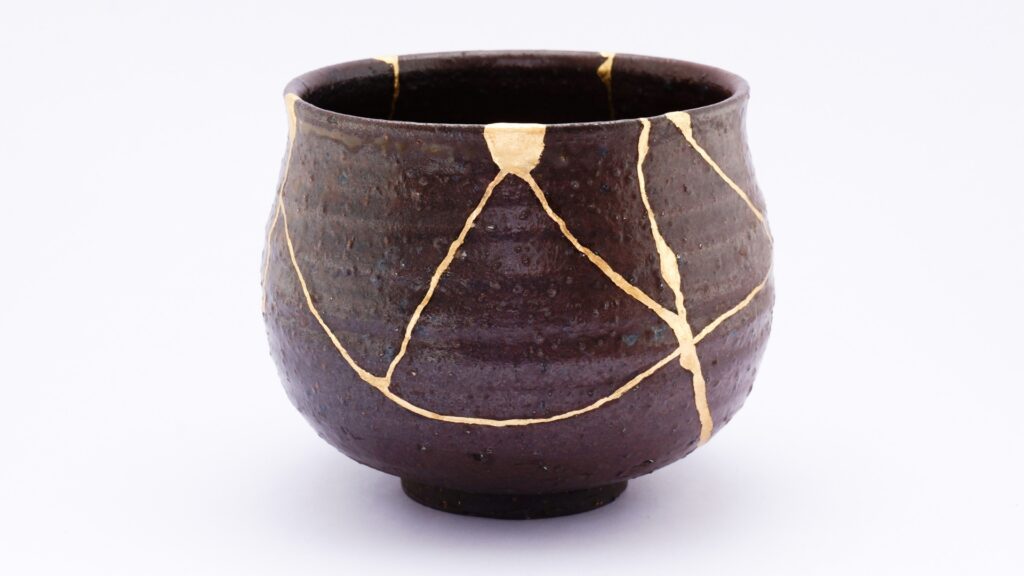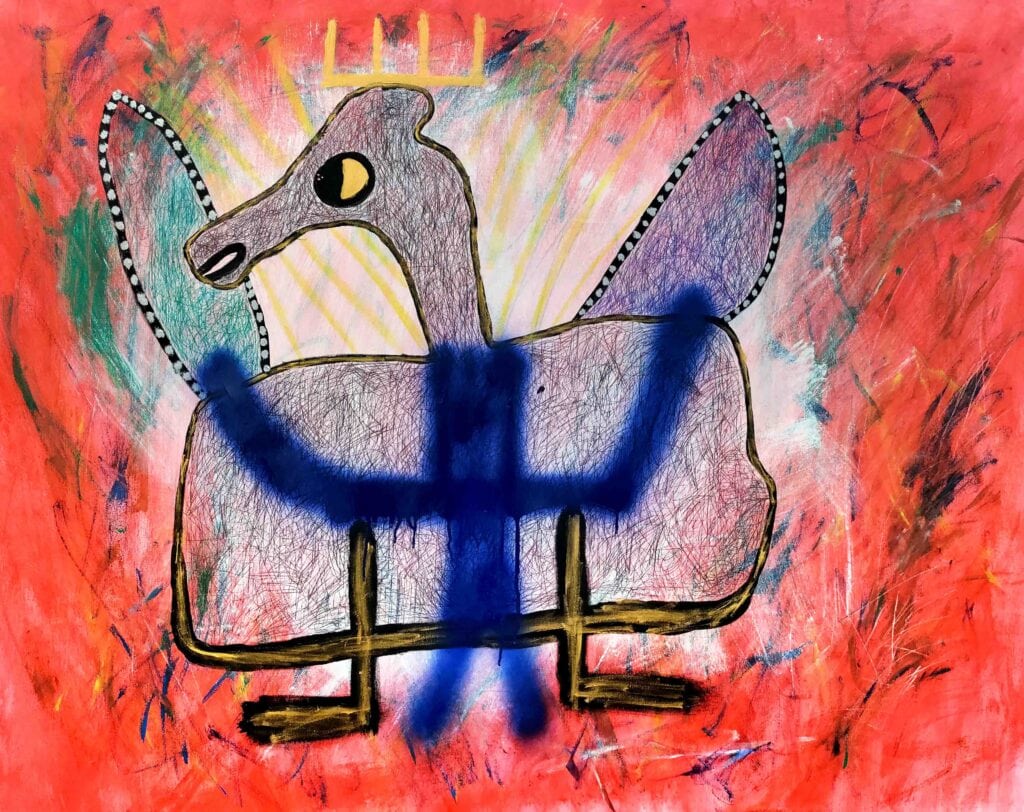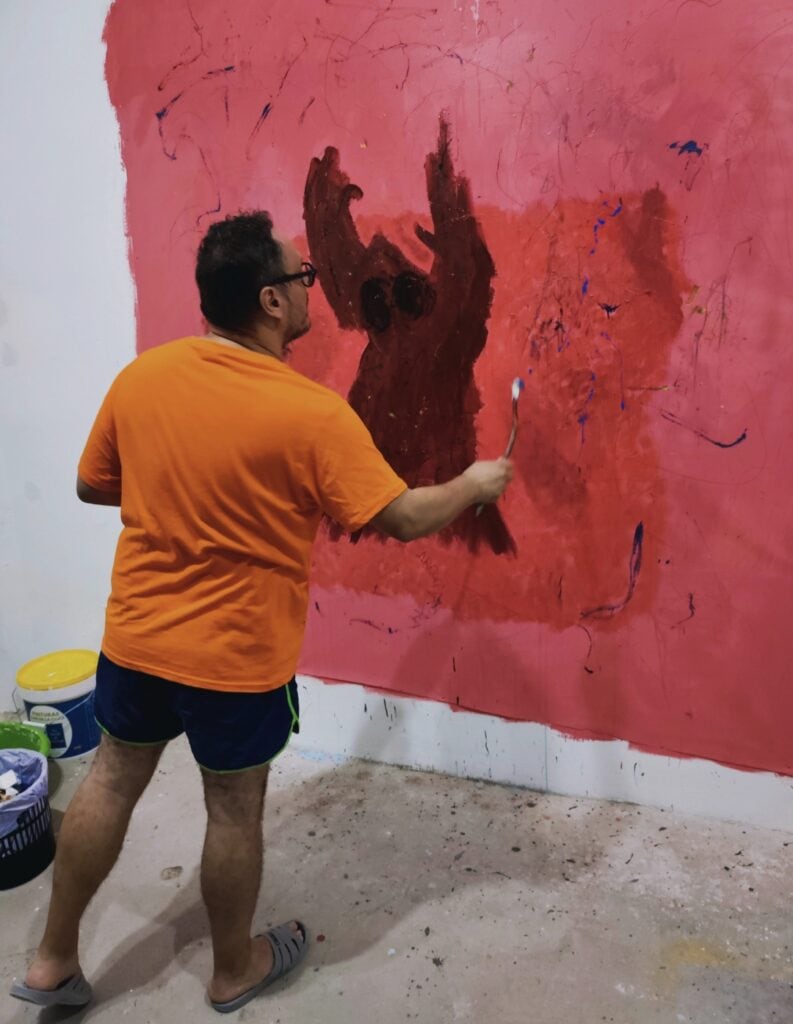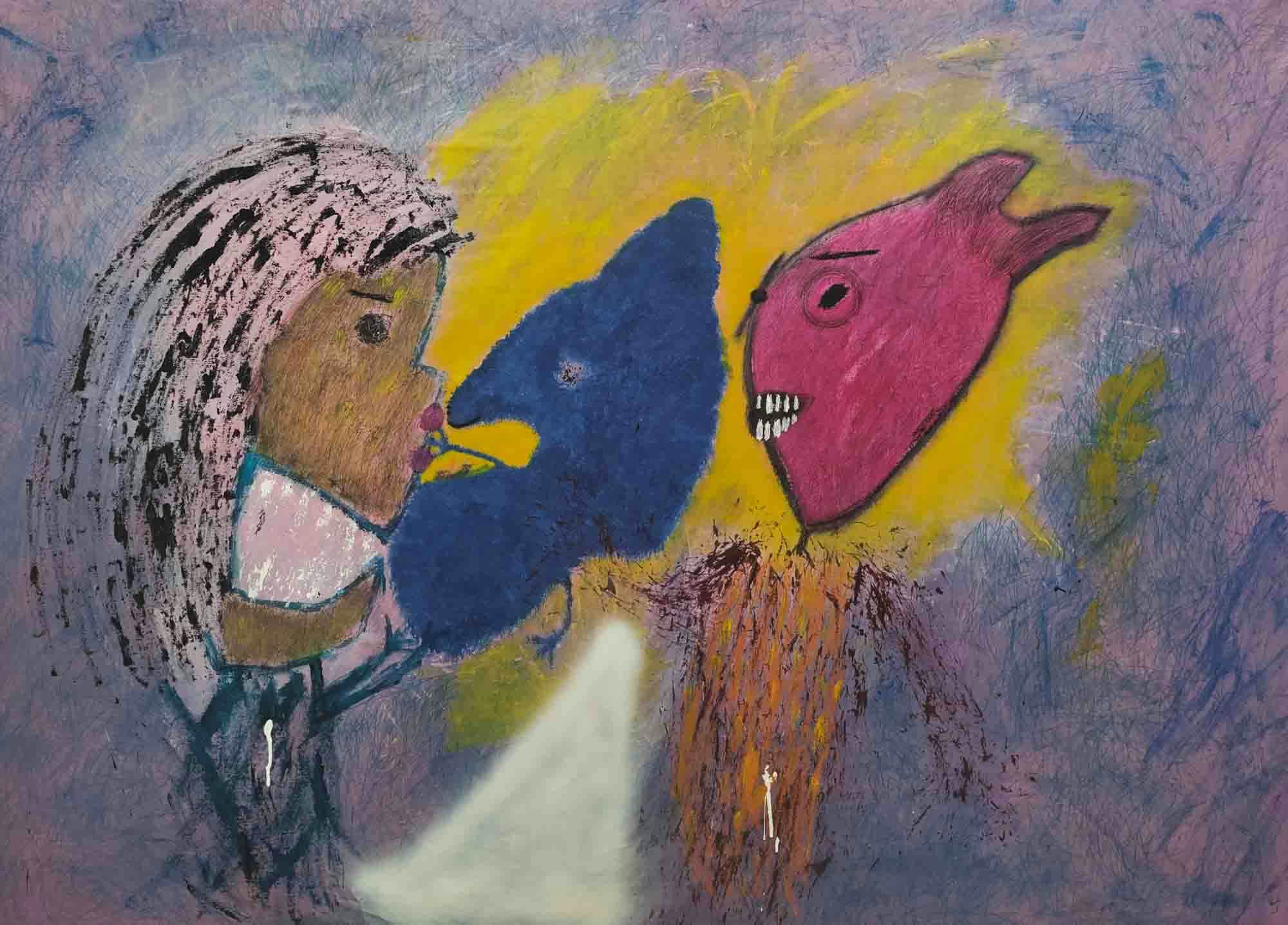– You’re not going to write about scars, are you?
Well, of course, I am!
But don’t worry, I’m not here to convince you that scars are the epitome of beauty. Well, maybe I am—just a little.
Scars are one of those rare things that connect us all—people, animals, even the planet. The earth has scars, the moon has scars, I have scars, and you’ve got some too.
Scars mark the moment when some kind of supposed perfection left, making way for a new identity.
For living beings, scars are a sign of survival and newfound strength, while inanimate objects seem to wear their scars proudly, as if they’re proof of immortality.
When I was a kid (yes, I know, another story from my childhood—but hey, it’s a golden rule of storytelling! Plus, have you seen my paintings?!) I used to be incredibly proud of my scars.
I was around six when I had my appendix removed. It was a mad dash to the hospital (I think it was peritonitis, but don’t quote me on that—my medical expertise is questionable at best), and I ended up with a huge scar on one side of my perfectly smooth kid belly.
To me, that scar from my appendectomy (double-checked that word, so it’s legit) was a rite of passage, a magical gateway that only the brave could cross, transforming them into adults.
From that day on, I had a badge of courage to show off to my friends (and to intimidate my enemies). I still remember my grand entrance at school once my recovery was over.
I was surrounded by my best friends, who were managing the crowd of kids trying to get a glimpse of the kid who’d had surgery.
Pure triumph.
That was one of my early lessons (check out my previous post for more) in the beauty of imperfection.
As time goes on, our bodies accumulate memories of our adventures on this earth: wrinkles, injuries, and scars.
The point isn’t whether they’re aesthetically pleasing or not—they define us.
It’s the sum of our perfections and imperfections that makes us who we are at any given point in our lives.
You’ve probably heard of Kintsugi, the beautiful Japanese philosophy and technique of repairing broken pottery with gold dust.

Kintsugi has always fascinated me. Turning something broken into something unique and beautifully flawed shows just how powerful creativity can be when it pushes beyond the boundaries of conventional perfection.
The first time I saw a Kintsugi artist at work, I was stunned to realize she was actually breaking the pottery herself—with a hammer!
I’d never thought about how Kintsugi enthusiasts got their broken pottery, and that moment was a delightful surprise.
Imperfection wins again!
I watched as she broke the pottery with slow, deliberate movements and then carefully pieced it back together with glue and gold dust.
What she was doing was taking an object that was perfect but boringly ordinary—the kind of pottery you’d call everyday pottery—and transforming it into something one-of-a-kind.
Once again, we see that imperfection is about the uncommon, the unexpected.
So, should we conclude that scars are beautiful?
No, that would be a bit much.
Unlike Kintsugi (or some version of it), human scars aren’t something we seek out or desire.
Scars, whether physical or emotional, are the results of traumatic events in our lives.
The key is that once we’re hurt, the only way forward is to heal.

Scars are the visible or emotional memories of our healing process, reminders that we’ve been through something tough and found our way out.
You can’t avoid the battle, but you can win it, and the unwanted trophy is a new scar.
We can get creative with our scars: hide them, or even turn them into art (I’ve seen some incredible tattoo artists turn the worst scars into stunning skin masterpieces).
How you view your scars can change your life. You can wear them proudly as a symbol of victory and new beginnings, or you can let them remind you of pain you can’t move past.
There’s a fascinating parallel between scars and art: the way people look at them says a lot about who they are.
Honestly, I think scars and art have even more in common than that.
When I start a new painting , there’s always that sacred moment when my hand breaks the pure white of the canvas. That infinite white begins to fill with colorful wounds that dry into a unique work of art (and beautiful too, if I may say so).

A piece of art is like a time capsule, capturing a moment, a struggle, or maybe even a joy.
You might think it’s odd to mention joy in this post, but don’t forget that sometimes scars are the marks of a battle won. And sometimes, they’re the strongest connection to something or someone we’ve lost.
I can’t remember a time in my life when I didn’t have a dog. I can’t live without one by my side—they just make me happy.
I can recall each of them vividly, and when I do, I feel a pang in my chest.
In most cases, the wounds from losing them turned into scars years or even decades ago, but emotional scars can pulse and resonate forever.
Every time, after feeling that pang, I smile and think about how deep my connection with them is… thanks to the grief I still feel.
Wounds are inevitable, but how we heal them is often in our hands.
Take a look at my paintings: all the characters bear scars or have incoherent marks. These are imperfect characters, each with their own struggles and limits. But they’re also illuminated by their courage. Like visual hymns, my paintings ‘sing’ of battles fought, evoking the pride and joy of overcoming them all.”
Life is a vast, white canvas. All we know is that we can’t keep it white and perfect. But we can turn even the darkest stain into a colorful and unique detail.
Embrace imperfection and be happy.
